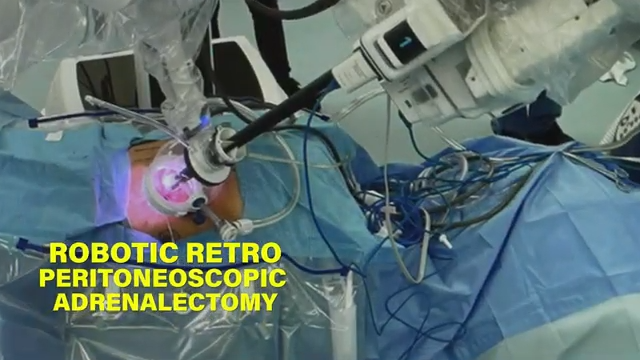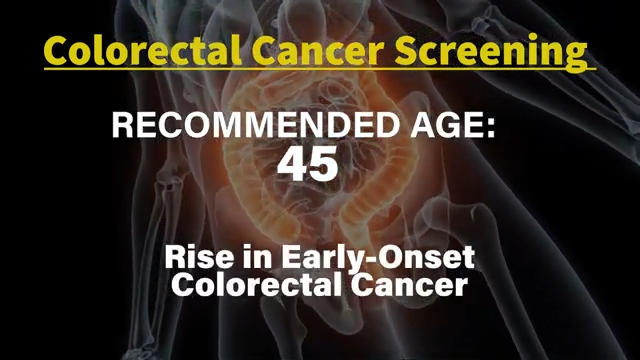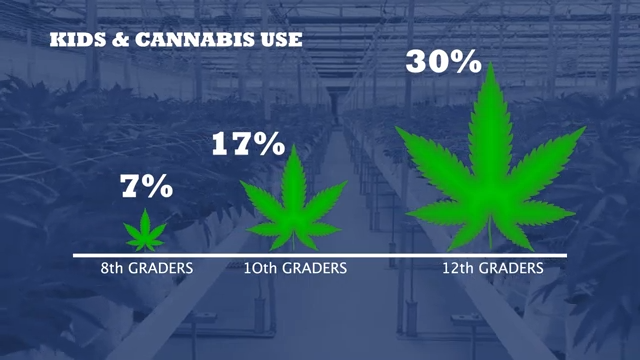ORLANDO, Fla. (Ivanhoe Newswire)— The average kid gets about seven scans that rely on radiation before the age of 18, either because they’re ill, or they’ve been injured. Too much radiation in kids have been linked to cancer later in life. But a new device is reducing radiation exposure and its nasty side effectsfor pediatric spine patients.
Every year more than 100,000 children in the United States are diagnosed with scoliosis, a condition where there’s a sideways curve of a child’s backbone. For severe cases, surgery may be required. Typically, during surgery surgeons will use computer-assisted navigation with either an X-ray or a CT scan in the operating room.
But according to Raymund Woo, MD, “It exposes the patient to radiation, and that leads to risks for infection and blood loss, longer recovery.”
But now a new device is reducing radiation exposure to kids. It’s called the 7D flash navigation system.
“It uses the same technology that your cell phone uses for facial recognition that unlocks your cell phone. So instead of having the camera unlock the cell phone, you’ve got a camera that looks into the patients’ body through the incision,” Dr. Woo explains.
Allowing surgeons to see the spine. The device uses no radiation and increases efficiency for surgeons.
“This saves me about an hour and a half all in all,” Dr. Woo says.
And for kids, that means less time in the hospital, a shorter recovery and getting back to a normal routine sooner.
This technology is typically used for adult patients, but there are two hospitals in the U.S. using this technology for pediatric spine surgery, AdventHealth in Orlando and Driscoll Children’s Hospital in South Texas.
Contributors to this news report include: Marsha Lewis, Producer; Roque Correa, Videographer and Editor.
To receive a free weekly e-mail on medical breakthroughs from Ivanhoe, sign up at: http://www.ivanhoe.com/ftk
Source:
https://www.chop.edu/conditions-diseases/early-onset-scoliosis
https://www.webmd.com/children/features/xrays-ct-scans-kids-radiation
MEDICAL BREAKTHROUGHS
RESEARCH SUMMARY
TOPIC: LESS RADIATION FOR PEDIATRIC SPINE PATIENTS
REPORT: MB #4975
BACKGROUND: Most spinal conditions are found in children during a school screening or by their parent. When an issue is detected, doctors will use medical and family history, physical exams, and diagnostics to determine the severity of the spinal issue. These tests can include, x-rays, computerized tomography scan (CT or CAT scan), magnetic resonance imaging (MRI), blood tests, ultrasound (sonogram), bone scans, bone density scans (dual-energy x-ray absorptiometry, DEXA, DXA), and pulmonary function tests. Treatments can include bracing the back, observation and monitoring, physical therapy, and casting. If severe, treatment could involve spinal surgery.
TYPES OF PEDIATRIC BACK SURGERY: Spinal fusion surgery is performed to help children or teens with scoliosis or other spinal issues. The term “fusion” comes from the act of allowing two or more bones in the spine to fuse together into one solid bone, through growing together. This will help the spine become straighter as well as relieve pain in the back. This is performed when a brace is not enough to correct the bone placement, or the child is too old for bracing. The surgeon will make cuts in the bone to put it in a straighter position, then the surgeon will put in rods and screws to hold the bone in the straighter position. The metal around the spine can’t be felt after surgery and is placed deep under the muscle. Surgeons graft bone where the rods and screws are and will eventually fuse the spine bones together.
(Source: https://kidshealth.org/en/parents/spinal-fusion.html)
NEW TECHNOLOGY: The FDA recently approved a device for anterior vertebral body tethering to treat kids with idiopathic scoliosis. The device allows for the gradual correction of a spinal deformity through the natural growth of the spine, leading to improvements in spinal alignment while maintaining spinal flexibility. The device is attached to the spine during a minimally invasive thoracoscopic procedure. The “tether” has the opportunity to improve pediatric surgical outcomes as well as improve the quality of life for children and adolescents with significant spinal deformities. The most common type of scoliosis is called idiopathic scoliosis and can occur in children between the ages of ten and 18, or until they are fully grown. Spinal fusion surgery is the most common treatment for severe cases of spinal curvatures. It takes three months for an adolescent to recover fully from this procedure. In clinical trials, the spinal tether was shown to shorten recovery time and increase their range of motion. To determine which treatment is more beneficial for your child, early diagnosis is critical.
FOR MORE INFORMATION ON THIS REPORT, PLEASE CONTACT:
DAVID BREEN
If this story or any other Ivanhoe story has impacted your life or prompted you or someone you know to seek or change treatments, please let us know by contacting Marjorie Bekaert Thomas at mthomas@ivanhoe.com




